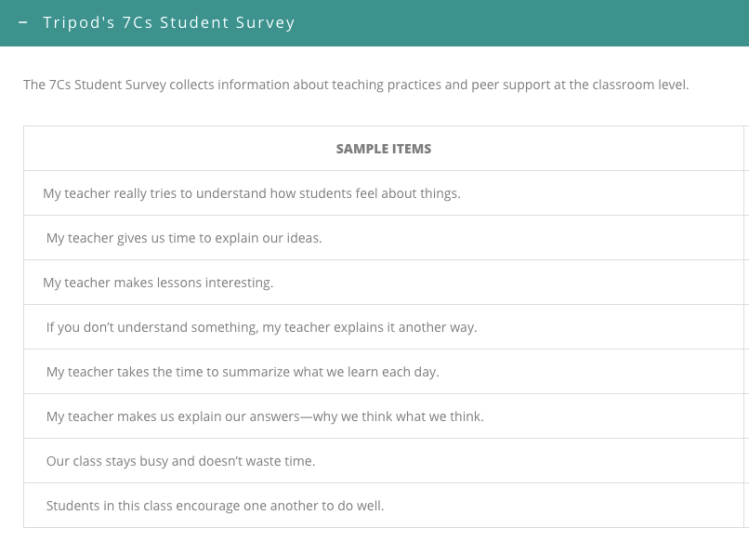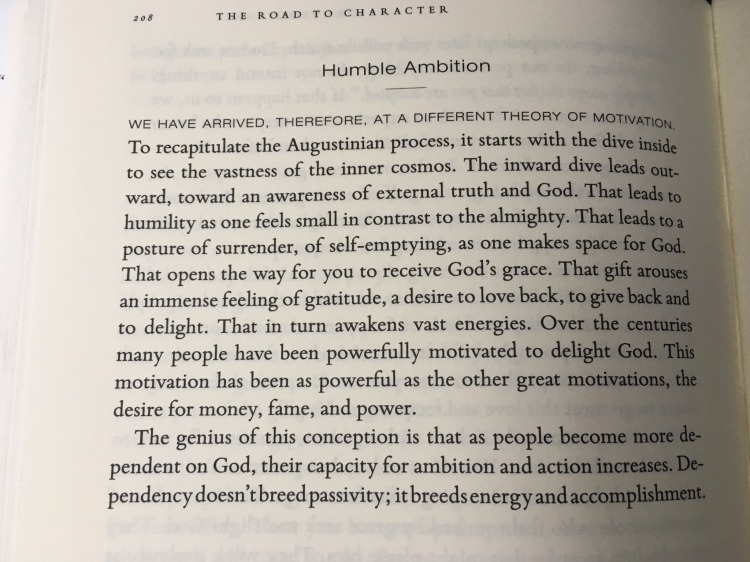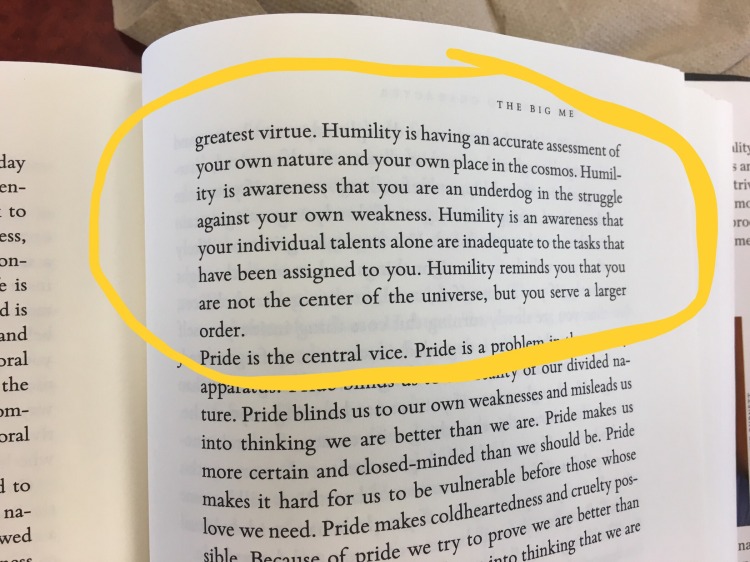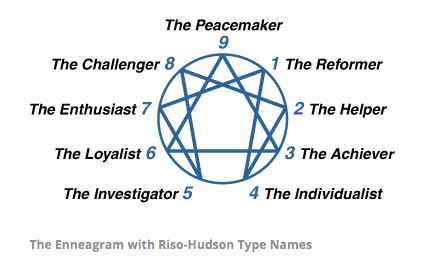On my 40-minute commute to and from my job teaching Spanish at a private, affluent high school, I recently listed to Amanda Ripley’s The Smartest Kids in the World: And How They Got That Way via CD audiobook from the CM Library.

This work isn’t particularly current, published in 2014, but based on my personal experiences working for over a decade in a private school in the United States, to me, it often felt spot on and in a way timeless in the questions it posed regarding the structure, purpose, and outcome for formal education in our modern day.
Here is Amanda Ripley, a journalist & author, introducing her book and her investigative mission to explore, essentially, the geography of education and parenting. I enjoyed how this book weaved together data from the international PISA test, while also taking a deep dive into education reform and how formal education is structured in South Korea, Finland, and Poland. All the while Ripley took us on a journey walking alongside 3 specific USA students who chose to study abroad in high school in those respective countries– Eric, Kim, and Tom.
Here is another video that can give you a baseline for the data of PISA and introduce you to the “characters” of the book– the three USA students studying abroad in South Korea, Finland, and Poland.
Ripley set her sights on investigating South Korea, Finland, and Poland in particular because they, as her website says, “reveal a pattern of startling transformation: none of these places had many ‘smart’ kids a few decades ago. They had changed. Teaching had become more serious; parents had focused on what mattered, and children had bought into the promise of education.”
The author set out to explore what accounts for the great difference in what students learn in high school in the USA context both state to state and school to school, and why — despite educational reforms such as “No Child Left Beyond” or “Race to the Top“– our PISA results remain mostly unchanged while some scores soar in other countries. What accounts for the difference in what students learn in high school both across the USA and across the globe? People often cite these elements below as essential factors that limit students’ learning, but did that bear out in the data and the research?
Are the disparity and fluctuations due to:
- Investment in education?
- Child poverty rate?
- Diversity in student population?
- Teacher-student ratio?
- Tracking of students?
Ripley doesn’t purport to be an expert by any means but by the end of the book, she does share some conclusions based on her year spent researching education. She holds that in successful education:
RIGOR IS KEY: This is perhaps the most important takeaway. Essentially, if you have low standards for your students, even from even a young age, the students will learn that they are capable of very little and come to expect that of themselves and of the educational system.
STUDENT BUY-IN IS ESSENTIAL: Why do kids in South Korea study so hard and continue to participate in this seemingly unhealthy “hamster wheel” style of education where everyone is organized by their public test scores? Why do kids in Finland not only keep coming to school diligently in their final (senior) year but also are consistently engaged learners and show up to their end-of-year exam dressed to-the-nines ready to show what they’ve learned? One key conclusion Ripley was able to draw after her in-depth research and conversations with students in various educational contexts was that: “to buy into school, kids need to be reminded of the purpose all day every day.” These high-stakes, end-of-school tests embued the entire school year with purpose. It was clear why the students were at school every day working hard: to learn so that they could score well on the end-of-school exam so that their high school diploma would mean something to universities and future employers. If students don’t buy into the promise of and need for education then no amount of reforms, imposed standards, incredible faculty, or money will make any difference.
TEACHER QUALITY IS ESSENTIAL: Why do kids in South Korea, Finland, and Poland learn more in their classrooms (or in their Hagwons in the case of South Korea) and perform better? According to Ripley’s research, because of better teaching with higher standards/rigor.
We already talked about standards/rigor. So, how do you get better teaching? Answer: Better recruit and better train your teachers. Apply that same standard of rigor to recruiting and training your teachers.
Through the Hagwon system, the best teachers can become rich due to popularity and attain certain celebrity status in their academic culture. How is “best” defined? The best teachers in that context rise to the top because of economic incentives and because students (or more accurately their parents) give their money to those teachers who have a proven track record of helping students produce results on the national exams. Remember, the best teachers in South Korea are, essentially, celebrities because of how hard they make students work and how well they help support students to achieve their academic goals and desired test scores. Sadly, in my decade+ years teaching in the USA, I can’t tell you how many times students say a teacher is the “best” simply because their class requires very little effort on the student’s part. In stark contrast to the accounts from South Korea, I have seen USA students venerate faculty for their lack of rigor, low expectations, and the ease that the teacher adds to the student’s academic journey.
The South Korean model is not exactly what I desire to emulate here in the USA, but I do think there is something positive to be said for valuing teachers who produce measurable results in our kids rather than those who help students waste their time in high school with little to show for time spent here beyond leisure and pleasure. I’d prefer that my kids have teachers who help them learn and prepare them for the working world— where knowledge of content and competence of skills matter– rather than teachers who simply help them get into college with high grades. These grades are not consistently backed up with adequate skills nor mastery of content knowledge. These teachers are teaching a mindset of lethargy and complacency, not curiosity and tenacity.
In Finland and Poland, school reform began not with high school or elementary school reform but rather first with teacher college reform. The smartest college majors apply to and get into the teacher’s colleges. Many applicants must apply various times before receiving acceptance. If you want to more consistently ensure similar standards across the nation for high schoolers at the end of 4 years of study, shouldn’t that begin with ensuring teachers are trained with that same idea in mind? That is not the case in the USA. There is a wide variance in who gets admitted to teacher colleges and what is learned– or even if a teacher is trained before starting in the classroom. I entered the teaching profession without having been trained– however, I did later pursue a masters degree in second language education. In fact, the first class I had ever taught was my guest lesson during my interview and I relied solely on my experience as a student to teach my lesson, not at all on any training I’d received in undergrad. Once I secured the job, it was trial by fire and I learned a lot along the way, but when I think back on my first years in the classroom I know now that my students deserved better. If I had been better trained, I could have done better for my students from the start. I don’t see why reform in the USA couldn’t start here. As we train the next generation of teachers, why aren’t we raising the standards/rigor, the quality and consistency of training, and the top recruitment of our teachers? — and, of course, raising the pay, too, no?
TRACKING PLAYS A ROLE: Finnish and Polish school systems subscribe to the philosophy that tracking is helpful but should be delayed until students are about 16 years of age. Any tracking earlier in that should only be used to give students intense and tailored extra help to ensure they do not fall behind their peers. At 16 students can select into university or trade school/job tracks.
At this point, trade school tracks have essentially been taken out of most– if not all– US school systems (public and private). Interestingly, NPR just had a story related to this topic this week: High-Paying Trade Jobs Sit Empty, While High School Grads Line Up For University.
The Sout Korean school system doesn’t seem to track at all but the Hagwons certainly do and quite intensely. Again, I am not sure I am in favor of a system that tracks their students down to the minutia of each student knowing each other student’s ranking in the school/region/nation.
STUDENT FEEDBACK IS ESSENTIAL: In order to really understand what’s going on day in and day out in a classroom, classroom observations are not enough. Student feedback is essential. Ripley found that students are surprisingly candid and astute in their evaluation of their teachers. Student surveys should be an essential element in teacher PD, training, and decisions on retention. She suggests a Tripod style-survey with simple, straightforward questions that only students can answer. For example
What does all of this mean for our context?
Out of these findings, Ripley makes some general suggestions for change you can make now. You don’t have to wait for systems or governments in order to implement some small but key changes. Or at the very least she gives some suggestions to USA parents, who in many contexts can have a variety of choice in their child’s school.
SCHOOLS SHOULD INVEST IN PEOPLE OVER PROPS:
“In a world-class education, people always matter more than props.” I wish I saw that my school lived by this motto.
“Ignore shiny props”– The physical spaces, the schools and the classrooms, in South Korea, Finland, and Poland are relatively sparse and lacking in modern technology when compared with most USA school contexts. It was not the shiny thing that made the classroom a learning environment but rather it was the people– the students and the teacher.
From what I see, in the USA system parents and students are often drawn to a school because of it’s shiny props— big athletic stadiums, fancy auditoriums, state-of-the-art technology, beautiful dorms, etc. Education in the USA– at least private elementary- high schools and pretty much all institutions of higher education– are businesses. They need students to build a revenue stream and an operating budget. Shiny props attract people. But what are we sacrificing by subscribing to this system? Our children’s and our nation’s future?
Ripley has painted the clear picture that these educational systems in Finland, South Korean, and Poland have forgone shiny props in favor of academic results. They have invested in people. They have invested in their teachers and, according to PISA and first-hand student accounts, have found results.
PARENTS SHOULD SERVE AS AN EDUCATIONAL COACH:
The research showed that just because the parent was more involved in school, did not mean that the student performed or learned better. It depended more on the type of involvement. Assuming the role of the academic coach to your child had greater yields than serving as a sports supporter, on the PTA, helping with school fundraising, or any other school-support activity.
WHEN LOOKING FOR THE RIGHT SCHOOL, ALWAYS ASK “WHAT ARE YOUR SCHOOL’S WEAKNESSES:
This question will tell you more about the school culture than anything else on the school tour. Weaknesses? I assure you that every school has got them. And you want to know what they are. Are you paying $20,000 a year for a school that has a robust athletic program but a weak math and foreign language program? If the school self-identifies as such, then that tells you about the culture.
This is a question I will continue to keep in mind as I enter new academic systems and environments.
My family and I have dreams of living abroad one day– somewhere Spanish-speaking. I hope to teach in some school and send my boys to school while we’re living there, too. So, maybe years from now I’ll have a new perspective to add and can weigh in on rigor, student buy-in, teacher quality, student tracking, and student feedback from another cultural and geographical context.
Until then, I teach and learn on.







 When I first read this passage, it made me think of when I tried to explain to my father what I thought was the most compelling and convincing argument for getting and staying married. Marriage means that you are committing to being connected to and often dependent on someone else until death-do-you-part. After 14 years of an achievement-focused all-girls’ school education, it is sometimes hard to admit that I need a man’s, or anyone’s, help, but if you look at the facts of life it is true that we require each other. It is why people evolved to living in community with others rather than in solitary isolation. We need each other in order to be our best selves and we achieve more together than we could apart. After all, two heads are better than one, no? In some ways, the idea of admitting that you cannot and do not want to do this life alone requires humility and that you must confront head on that you are just a speck of dirt in the great scheme of the universe of creation. In fact, ‘humility’, derives from the Latin humus, ‘earth’ or ‘dirt’. Once you realize you are not you without God, without family, without your partner you open yourself up for greater energy, ambition, and success. Since you are not just you, your accomplishments are not your own. To me, this is the essence of humility.
When I first read this passage, it made me think of when I tried to explain to my father what I thought was the most compelling and convincing argument for getting and staying married. Marriage means that you are committing to being connected to and often dependent on someone else until death-do-you-part. After 14 years of an achievement-focused all-girls’ school education, it is sometimes hard to admit that I need a man’s, or anyone’s, help, but if you look at the facts of life it is true that we require each other. It is why people evolved to living in community with others rather than in solitary isolation. We need each other in order to be our best selves and we achieve more together than we could apart. After all, two heads are better than one, no? In some ways, the idea of admitting that you cannot and do not want to do this life alone requires humility and that you must confront head on that you are just a speck of dirt in the great scheme of the universe of creation. In fact, ‘humility’, derives from the Latin humus, ‘earth’ or ‘dirt’. Once you realize you are not you without God, without family, without your partner you open yourself up for greater energy, ambition, and success. Since you are not just you, your accomplishments are not your own. To me, this is the essence of humility.




